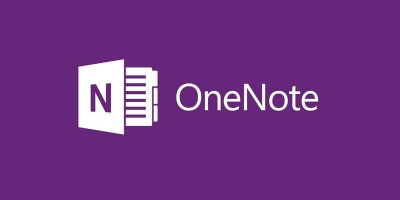
Microsoft Garage recently released a fun new iPhone App — Fetch!
It’s Joey and Fletcher Approved — it correctly identified their breeds even though I purposely took *terrible* pictures of them. Their faces were mostly covered as they slept. I haven’t had the nerve to find out if I belong in their “pack.” 🙂
From the Microsoft Press Release:
Man’s best friend has inspired a new app – Fetch! Using your iPhone camera or photo library, it can identify and classify dogs by breeds and tell you what kind of human personality fits best with specific breeds. And just for fun, the app will even take an informed guess on what kind of dog you or your friends might be.
Released through the Microsoft Garage just in time for the American Kennel Club’s Meet & Compete and the Westminster Kennel Club Dog Show, this mobile app demonstrates the potential for Microsoft researchers’ continued advances in artificial intelligence, which have already appeared in other playful ways through Microsoft Project Oxford-powered experiences such as HowOld.net, TwinsOrNot.net, MyMoustache.net and Mimicker Alarm. In Fetch!, Project Oxford works together with some powerful new machine learning technology to deliver interesting results for all kinds of photos.
“There was an interest in creating a framework that would allow you to take a domain – in our case, dogs – and recognize numerous classes, such as breeds. We were interested in enabling an app to allow you to make object recognition extraordinary, fun and surprising,” says Mitch Goldberg, a development director at Microsoft Research whose Cambridge, U.K based team built the experience. His team works at the intersection of user experience, machine learning, computer vision and more recently, intelligent cloud services. He’s also had two German shepherd dogs, though now he has a cat. “We wanted to bring artificial intelligence to the canine world. We wanted to show that object recognition is something anyone could understand and interact with.”
Fetch! is designed for repeat use, and after giving it a couple tries, it’s easy to see how addictive it can be. You start with your dog, or your friends’ dogs. If the dog’s breed is unknown, the app will show a percentage of the closest breed. Tapping the percentage rosette leads to the top five breeds that could be in the dog. Clicking on the arrow in the corner leads you to more information on the breed.
“If you want to take photos of dogs, it will tell you what dog breed it is, if it’s one of our supported breeds,” Goldberg says. “If I choose to take a photograph of a flower, it’ll say, ‘No dogs found! Hmmm… This looks more like…flower?’ But if you take a picture of a person, it’ll kick into its hidden fun mode. And in a playful way, it’ll communicate to you not only what type of dog it thinks you are, but also why. It’s fun to see if the app knows it’s not a dog. A lot of the time, it’ll tell you what that image is. When there’s not a dog, you still want to use it.”
No two pictures yield the same result. You could resemble a Doberman Pinscher in one photo (sunglasses, no makeup) or a Pekingese (no glasses, makeup) in another. If you photograph an inanimate object, it might tell you, “No dogs found!” and make an informed guess at what it is.
If you like what you see, you can share the image on your social networks and through email.
Like this:
Like Loading...






